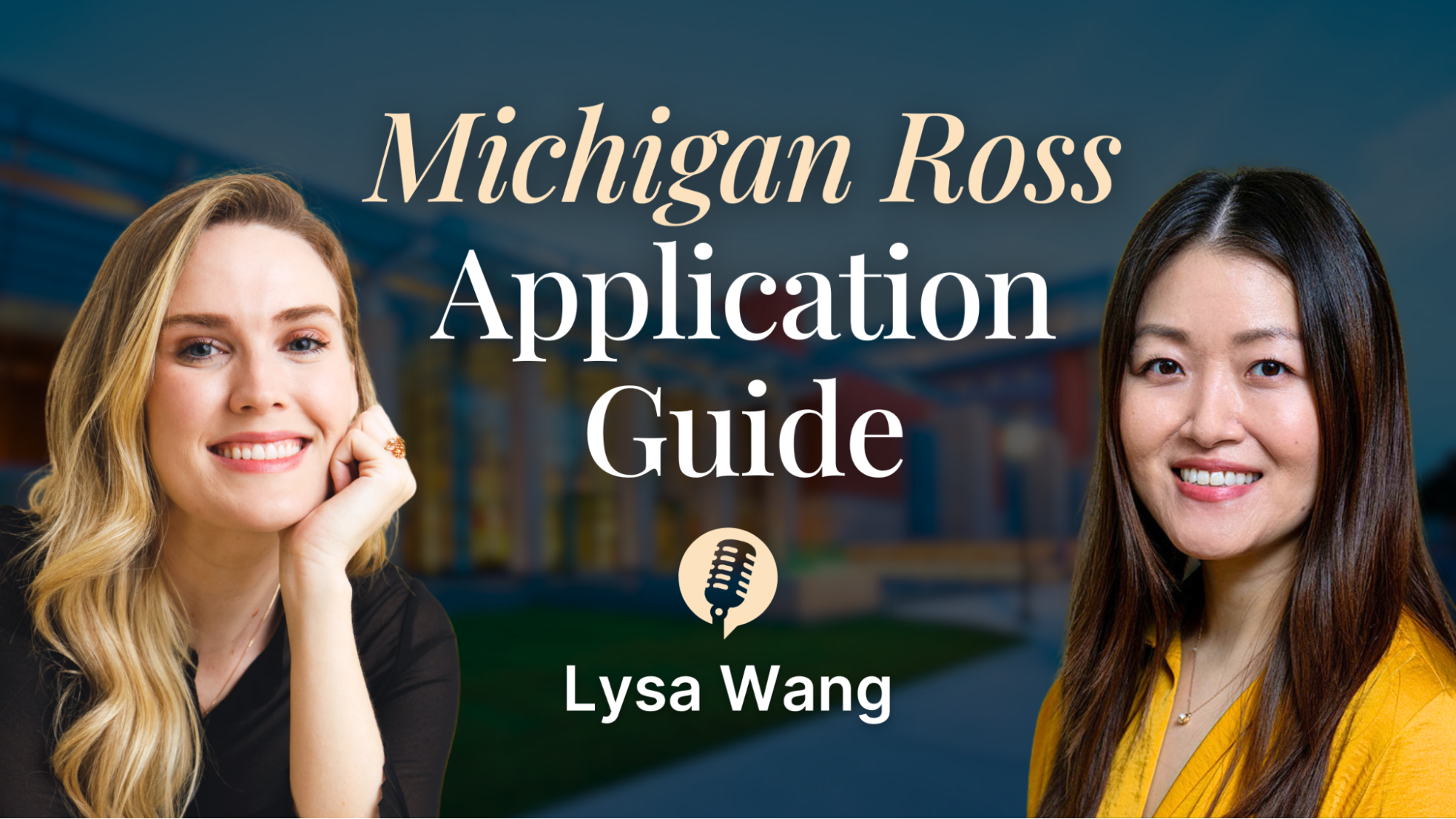UPDATE: This post was originally published on March 10, 2021. It has been updated with new tips and information below.
As the role of testing has been questioned within the MBA world after the start of the COVID-19 pandemic, admissions requirements are adapting as well. One such instance of these changing policies is the Executive Assessment, a practically oriented assessment test that is starting to be accepted by certain programs alongside the GMAT and/or GRE.
The Executive Assessment is different in structure and application than the GMAT and GRE, but it does offer many benefits to many professionals applying to MBA programs, especially those with significant experience and limited time. To help you decide whether the Executive Assessment is right for you, we’ll discuss what the test looks like, how it’s different from the GMAT and GRE, what schools accept it, what the pros and cons are of choosing this test, and how to prepare.
What is the Executive Assessment?
The Executive Assessment is a relatively new “readiness assessment” that is now being used for entry into certain specialized MBA programs. It was initially used solely by Executive MBA programs but now is starting to be accepted by more and more general and specialized MBAs.
The test is just 1.5 hours long and contains three sections: integrated reasoning, verbal, and quantitative reasoning.
The integrated reasoning section contains 12 questions and is 30 minutes long. This section tests how you can use both quant and verbal skills together and includes tables, graphs, multi-source reasoning, and two-part questions.
The verbal section takes 30 minutes and includes 14 problems. In this part, you will be tested on your grammar, logical reasoning, and comprehension using three types of problems: sentence correction, critical reasoning, and reading comprehension. Note: reading comprehension texts are similar to articles that you might find in publications like The Economist and Smithsonian Magazine, so reading from these platforms often can help you prepare for this section.
Lastly, the quant section has 14 problems and also takes 30 minutes. In this section, you will be tested on your mathematical skills in addition to your reasoning on quantitative topics. There will be both problem solving and data sufficiency questions. You may also find questions on arithmetic and algebra.
Scoring is divided evenly among the three sections. The lowest possible score is 100, and the highest is 200. You’ll notice that this number is not evenly divisible by three – that is because the questions are weighted in terms of their difficulty.
How is it different from the GMAT and GRE?
The EA’s content is very similar to the GMAT and GRE. However, there are a few key ways in which it differs from these tests.
First, the EA is more of a readiness test than the other two. In other words, the EA is meant to test your current ability to engage in the master’s program rather than give you a score on the knowledge you have studied for. For this reason, the EA takes less time and effort to prepare for than the GMAT and GRE.
The EA is used more to understand whether or not you meet the threshold that certain schools are looking for in candidates, even though you will receive a specific score.
And notably, unlike the GMAT and GRE, the EA’s quantitative section does not test on most geometry topics. Additionally, there is no analytical writing assessment in the EA.
One of the unfortunate differences between the EA and the GMAT/GRE is cost: while the GMAT costs $250 and the GRE costs $205, the EA costs $350.
Which schools accept it?
Most EMBA programs, including Berkeley Haas, CEIBS, ESADE, INSEAD, and Oxford, accept the EA. Additionally, the EA is growing in usage amongst master’s specialized in finance, accounting, data analytics, and healthcare.
Most recently, a handful of schools, such as Columbia, are even accepting it for entrance into their full-time MBA program. Notably, NYU Stern, UVA Darden, Duke Fuqua, UT McCombs and Vanderbilt Owen also accept the Executive Assessment for their full-time MBA programs.

For a full list of which schools and programs accept the Executive Assessment, click here.
Pros and cons of the EA
As you consider whether you will take the EA, there are a few key points to think about. Below we give you the most relevant pros and cons of taking the EA instead of the GMAT and GRE.

Pros
- The EA is specifically designed to test skills and knowledge you already have, meaning that you will be saving both time and money on prep courses and intense studying. Especially for people with more senior job responsibilities and experience, this is a great way of balancing responsibilities while preparing for their MBA applications.
- The EA is easy to register for and take. You simply create an account on GMAC’s website and will be eligible to sit for your exam just 24 hours after completing your registration. You can take the EA either at home or at a test center near you. You can also reschedule your EA for free up to 48 hours before your testing time (note: there is a $75 fee if you must reschedule less than 48 hours before).
- Because the EA is more practically oriented, studying for it is not just preparation for the test but also for the MBA program that you’ll be taking.
Cons
- You will spend more money taking the EA – as mentioned earlier, it has the highest price tag out of all the tests.
- If you lack a quant background or had poor grades in university, the GMAT or GRE might better help demonstrate that you have the skills it takes to succeed in the MBA.
- The test has not been accepted for full-time programs for very long, so there aren’t many statistics to indicate if it is as “well-viewed” by admissions committees as the GMAT or GRE are.
- It is only accepted by certain programs and a limited number of schools. Especially if you are applying to multiple schools, it may be easier for you to take the GMAT or GRE, which are more widely accepted.
How to prepare for the EA
Although much less test preparation is required for the Executive Assessment compared to the GMAT and GRE, it is still recommended to invest time to study and prepare.

Generally, as the EA’s content is so similar to the GMAT’s, you can use GMAT preparation materials to study. However, keep in mind that certain quantitative topics, notably geometry, don’t appear on the EA, so don’t waste your time studying for those topics!
We also recommend getting an idea of your EA baseline score before you start prepping so you know how much prep you actually have to do. You can do this by taking an official practice test – there are four of them available, which makes it easy for you to track your progress. (Note: 2 tests cost $70 while purchasing all 4 at once costs $125.)
It can also be helpful to seek help from a tutor or MBA consultant, contact alumni from your program who have gone through the testing process, talk to admissions staff about score expectations, and schedule regular study time.
Need help deciding whether the Executive Assessment is right for you?
Especially because the Executive Assessment is so new, we know it’s difficult to decide whether taking this test is right for you and the programs you’re applying to.
Luckily, our expert team has all the information and tips you need to make the best decision based on your schedule and goals. Not only can we help you make strategic decisions like which test to take or even which schools to apply to, but we can support you along every step of the application process – from planning out your timeline and preparing for your tests to writing your essays and practicing for your interviews.
To learn more about how we can help you succeed in your MBA application, apply to work with us today!
Real MBA Essays That Got People In
School-specific sample essays that got our clients accepted






